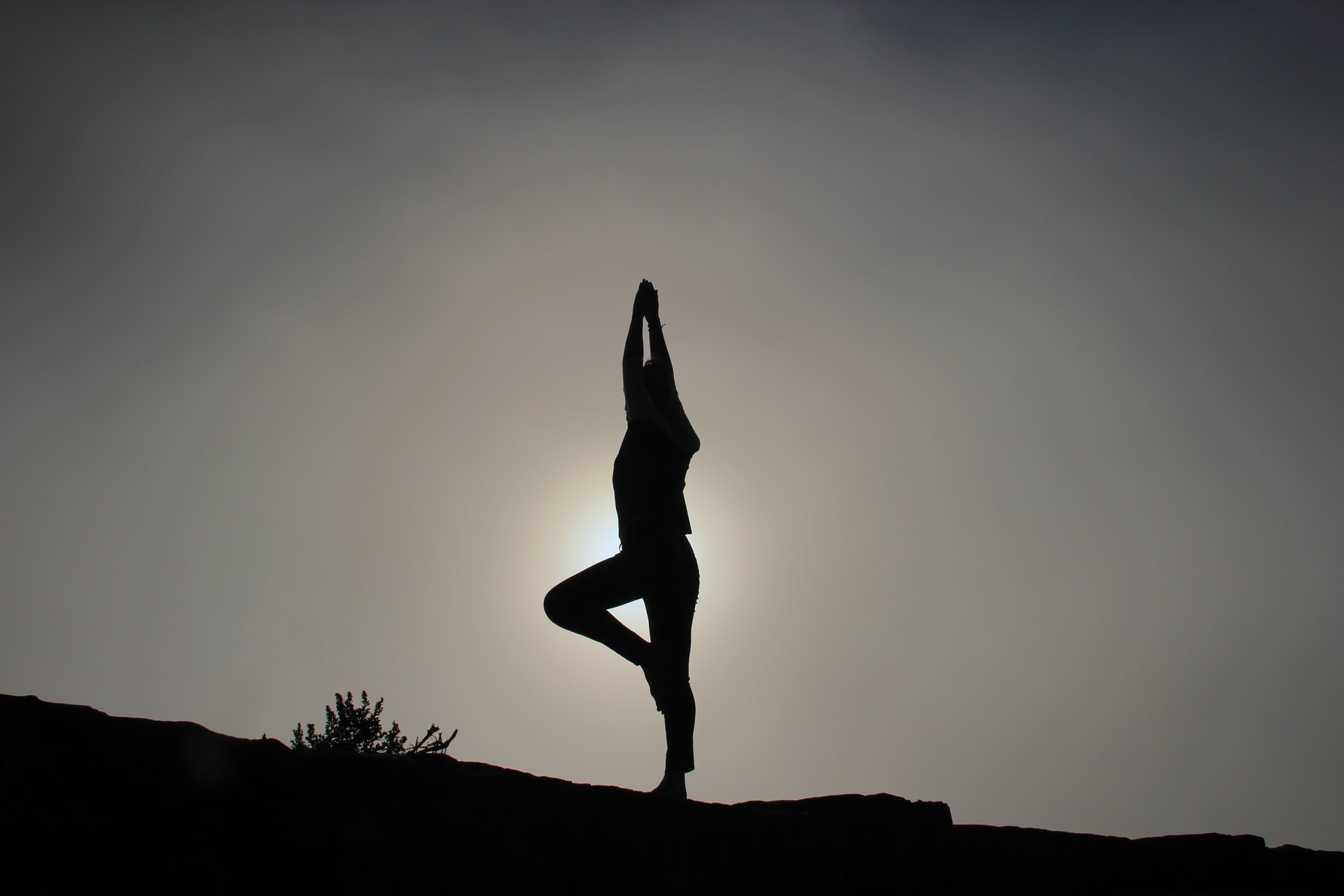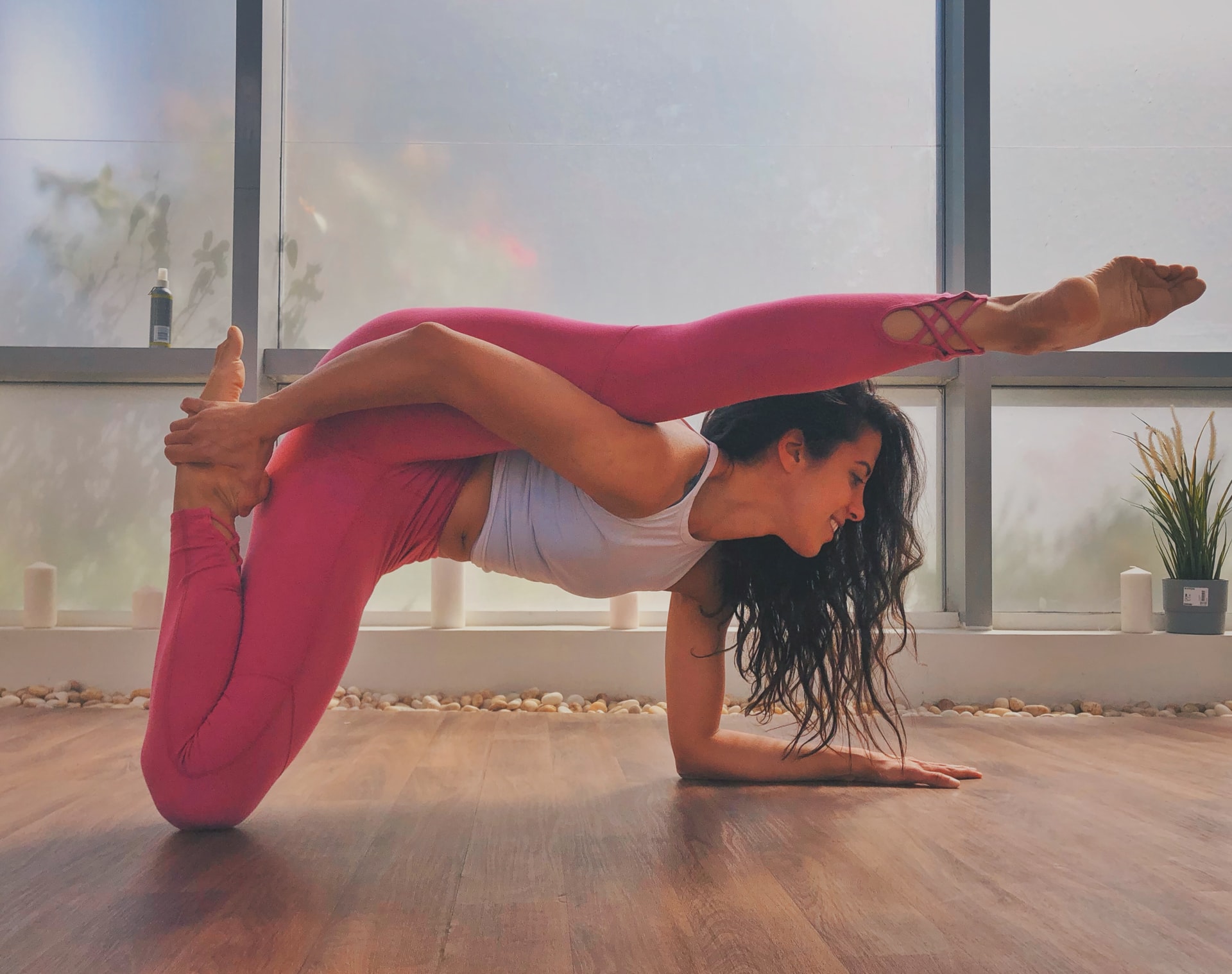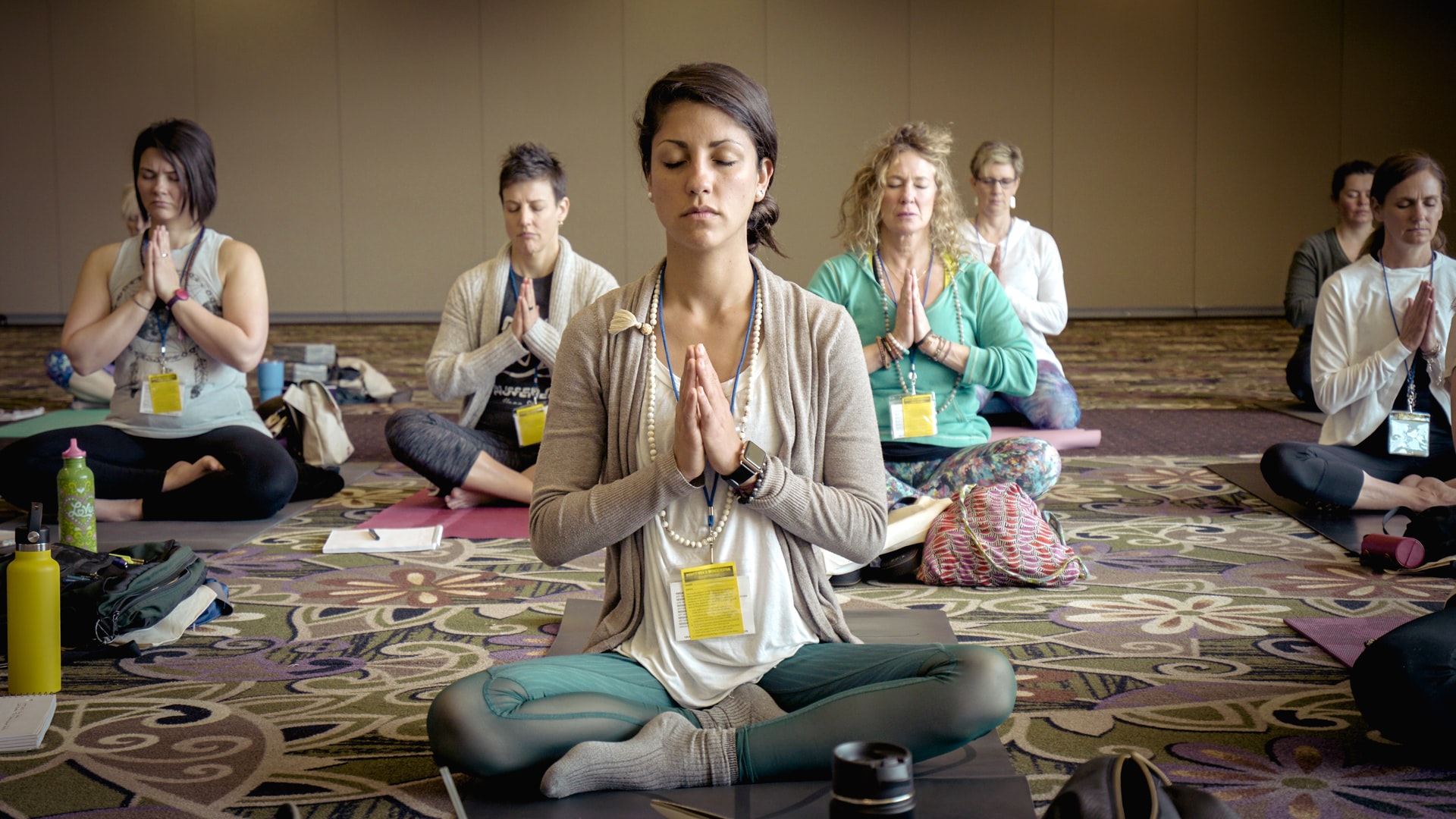How Does It Work?
While exercise fads come and go, nearly no other form of exercise is as persistent as Yoga Stretches. It has existed for almost 5,000 years. Yoga does more than help you lose weight and tone your muscles.
It’s a total-body workout that incorporates strengthening and Yoga Stretches, as well as deep breathing and meditation or relaxation. There are over a hundred distinct styles of yoga. Several are frantic and intense. Others are delicate and calming.
Stretching and Strengthening Yoga Poses:
Yoga does not have to be difficult. If you rolled out of bed this morning and stretched your arms above, you have already performed a yoga stance. Our bodies naturally bend and fold into positions. Consciously and mindfully inhale and exhale,
You can build a sequence similar to the one below that is natural to your body’s movement. This ten-pose sequence appears straightforward, yet it will stretch and develop your primary muscle groups.

Forward Bend While Seated
Bring your torso over your legs in a forward bend on an exhalation. Keep this pose easy and comfortable by allowing a modest bend in the knees. Utilize your breath to stretch the spine on each inhalation and to deepen your forward fold on each exhalation. Maintain a five-breath hold with the feet flexed.
Pose from the Crown of the Head to the Knee. Return to a sitting position and bend your left leg, placing the sole of your left foot inside the inside of your right thigh. Using the same approach as explained previously, deepen the position by inhaling. Sit up and switch legs after five breaths.
Happy Infant:
Lie on your back and round your legs with your arms. Bring the legs to a 90-degree angle by bending at the knees. Flex your feet and grasp them on the outside as you draw your knees toward your armpits. This is a joyful infant stance.
If it feels comfortable, roll side to side on your sacrum. Stretch your legs out on the floor and rest after five breaths.
Pose of a Staff:
After regaining your breath, swing your Yoga Stretches legs around in front of you, outstretched. Staff posture is the sitting analog of mountain pose in that it appears to be rather simple yet has a great deal of movement. With the feet flexed, the legs remain powerful. The shoulders are stacked over the hips to create a long, straight spine. Straight or slightly bent arms are OK.
Pose of the Mountain:
There is a lot going on in mountain posture, even if it appears to be just standing. The heels dig in, Leg muscles are engaged, bones are piled just above the hips,
Shoulder blades descend and the crown of the head rises. Don’t forget to inhale and exhale.

Yoga Stretches with Rounded Arms:
Inhale and raise your arms to your sides and above your head. Raised arms posture is a terrific starting point for your morning stretch, but keep the alignment you created in the mountain pose in mind.
Keep your heels planted and your shoulders sliding away from your ears as you reach up through your fingertips. Your eyes can be drawn up to the hands, which can be separated by a shoulder’s width or held together by the palms.
Forward Bend While Standing:
Exhale and bring your legs together in a forward bend. If your hamstrings feel a little tight at first, bend your knees to allow your spine to loosen.
Allow the head to hang freely. For increased stability, keep your legs gently bent and your feet hip-width apart (you can straighten the legs, but it is not necessary). While gently swaying side to side, you can hold opposite elbows with opposite hands.

Chair Pose
Start by assuming the position of a mountain. Lift your arms and expanded your thumbs as you breathe, and reach up with your fingertips. Sit and relax as you respire, like you’re sitting on the sofa.
Prolong your spine by shifting your mass to your heeled shoes. Raise and elongates your arms during the inhalation. Take a few more deep breaths and then sit back down into the pose. This strengthening standing pose targets your legs, back muscles, and upper arms. It takes a minute to work up a sweat. You’ll learn patience while your thighs are working hard as an added benefit. Just don’t forget to take deep breaths.
Pose with a Garland:
Extend your feet out to the mat’s edges and bend your knees into a squat. Toes may be exposed if necessary. Sit atop two piled blocks if your heels do not reach the floor.
This adjustment makes the position more accessible to a wider range of people. This is a natural stance for children, but we lose the ability to hold it as adults. It’s excellent for the hips and helps offset the effects of prolonged sitting in chairs and driving. This is referred to as a beneficial pose.

Lunge:
Return to malasana in a forward fold with your legs gently bent and your feet beneath your hips. When ready, bring your left leg to the back of your mat and bend your right knee into a deep lunge.
Bring your bowed knee directly over your ankle, parallel to the floor. Place your hands on the blocks to pull the floor closer to you. Maintain a straight and strong left leg with your heel reaching back. If this is too strenuous, you can just drop your left knee to the mat.
Hold for five breaths before bringing your left foot back to the front of your mat beside your right. Then, with the left foot forward and the right leg back, repeat the lunge.
Plank:
Step your left foot to the rear of the mat following your second lunge. The feet should be approximately hip-width apart. Hips and shoulders should be level. This is the traditional push-up warm-up.
Maintain this position for five breaths, ensuring that your hips do not sink too low or lift too high. Micro-bend your elbows if they tend to hyperextend. If necessary, bring your knees down. After five breaths, lower your knees to the mat and return to a sitting position on your heels for a period of rest.



